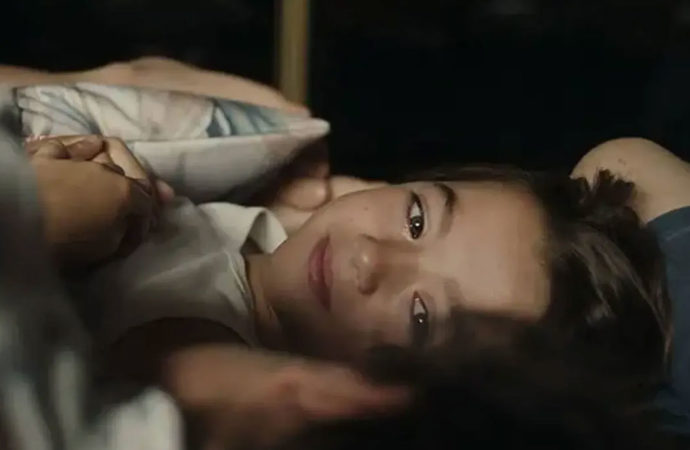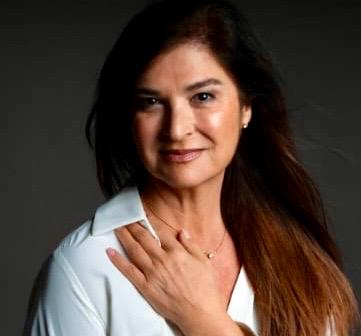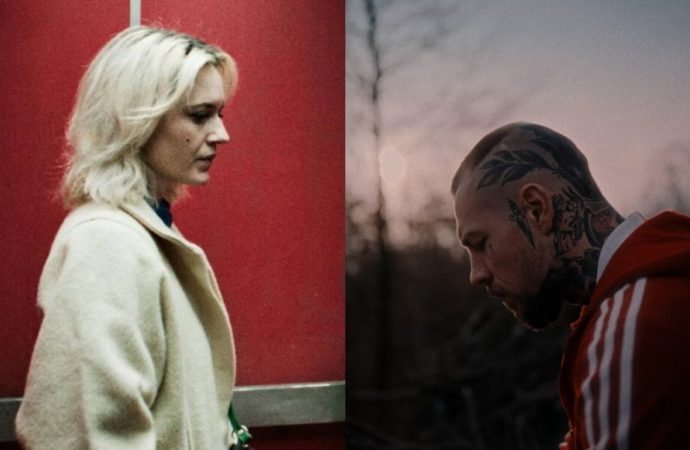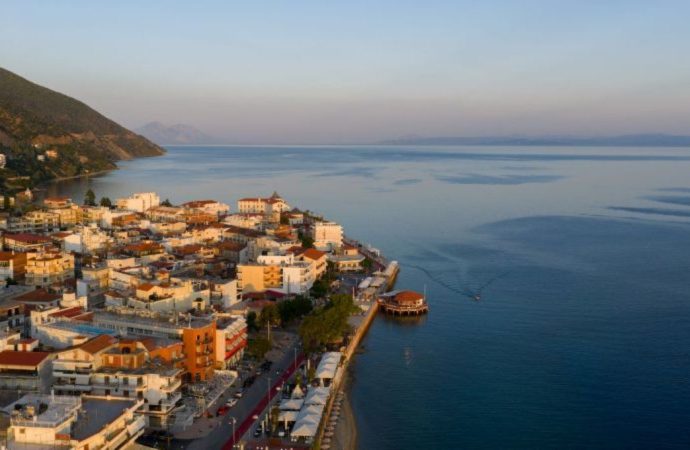The Spanish film 20,000 Species of Bees competes in the Official Selection of the 73rd Berlinale after Carla Simón‘s magnificent participation, which won a Golden Bear, in 2022. The first feature film by Estibaliz Urresola Solaguren, who also wrote the screenplay, is a project that has been a long time in the making through artistic residencies, laboratories and international markets such as the Thessaloniki International Film Festival Crossroad Co-Production Forum, Tallinn or the Berlinale Co-Production Market. The original idea for his project arose after learning the true story of Ekai Lersundi, the 16-year-old teenager who committed suicide in 2018, desperate because of the obstacles he encountered in his sex reassignment project, and that is how he wrote the story of Aitor/Cocó/Lucía, an 8-year-old boy who does not recognise himself in who he is told he is. The subject matter addressed, increasingly frequent in cinema —Tomboy (Céline Sciamma, 2011), Girl (Lukas Dhont, 2018), L’immensità (Emanuele Crialese, 2022)— offers a sensitive, moving and, in this case, nuanced perspective through the points of view of three generations.

20,000 Species of Bees narrates a process at its beginning, when questions arise such as: Why do you know what you are and I don’t? Urresola describes with great delicacy the everyday life of confusion and at the same time of certainty. To do so, she chooses not a relationship sphere such as school but that holiday time when, in a sudden decision, the family travels without warning to the village where Ane (Patricia López Arnaiz) grew up. The expectation upon arrival would be to find a welcoming environment that offers security, which comforts us at a time of crisis, as Lita (Itziar Lazkano), the grandmother, who suspects a marital crisis, as occurred with the previous partner, understands. This time, however, the problem is more complex. Perhaps because of the moment in her life and the necessity to assert herself professionally, Ane needs to return to her father’s sculpture workshop and take up again a promising vocation that she left on the road to motherhood. Her own internal debate, between accepting a position as an art teacher and recognising her own limits as an artist, as well as finding out how far she is capable of going to get it, overcomes her and distresses her, without this time-out to find herself again giving her a single moment of peace.

The need to fit into a world that has not provided for rebellion against the predetermined is presented by the director in a very specific context, a small Basque border town, where customs and religion are deeply rooted, and are represented in the young boy’s grandmother. The village is not idyllic and the reunion with conservative traditions does not help her to feel at home, especially as far as Lita is concerned, whose reverse side is her sister Lourdes, Ane’s aunt (Ane Gabarain), a mature and free woman, dedicated to beekeeping and who lives consciously, showing a relationship with nature and the environment stripped of conventionalisms, pure and simple.
Both Ane and Cocó (Sofía Otero) are in the midst of a process of transformation, in a crisis from which a queen bee will emerge, but which will not spare them the inner pain and the incomprehension of those they most need by their side. The director can take credit for conveying the disorientation of a mother who adores her son, wants to understand him with all her might, but has no other tools than the will to understand and accept him. Over the course of these holidays, Ane will come to put herself in the child’s place and support him unconditionally, after having faced her own unspeakable resistance, which is revealed in her refusal that Cocó should identify with one gender or the other so soon.

Ane’s mother and aunt, despite being the same age, show that Lourdes has gone through her own process of liberation, and has distanced herself from religion and its traditions, from magical thinking and the prudishness of others, which, like Lita, identify as a value to be defended and transmitted. For their part, the daughters also live as if their mothers had been switched, Ane allows herself to hesitate, but her cousin defends the baptism of her baby against Lourdes’ wishes. Finally, the children are the freest, the director shows them with an unprejudiced, clean look, ready to accept things as they are, as they see them and not as someone has told them they should be. The scene in which Cocó exchanges swimming costumes with her new friend is one of the film’s most beautiful and simple findings, in which symbols such as the mermaid and metaphors of nature abound.
20,000 Species of Bees is a remarkable debut, with magnificent actresses, woven with subtlety and calm, which brings to this new sub-genre of the coming of age a childlike gaze, whose innocence it conveys to perfection, to which must be added the great merit of Sofía Otero, capable of moving the Berlin audience.
20,000 Species of Bees, which was filmed in Spanish, Basque and French, had a team of women who produced (Lara Izagirre and Valérie Delpierre), wrote, directed and helped direct (Silvina Guglielmotti), managed the sound (Eva Valiño), photography (Gina Ferrer García), art direction (Izaskun Urkijo Alijo) and designed the costumes, make-up and hairdressing. Produced by Gariza Films and Inicia Films, with the participation of RTVE, EITB, TV3 and Movistar Plus + the support of the Basque Government and the Provincial Council of Álava and funding from the ICAA, the film will reach commercial screens through BTeam Pictures, which will distribute it throughout this year, although no date has yet been confirmed.
Sofía Otero won the Silver Bear for Best Leading Performance at the 73rd Berlinale.
This article was updated the 25th February 2023.









No one has posted any comments yet. Be the first person!